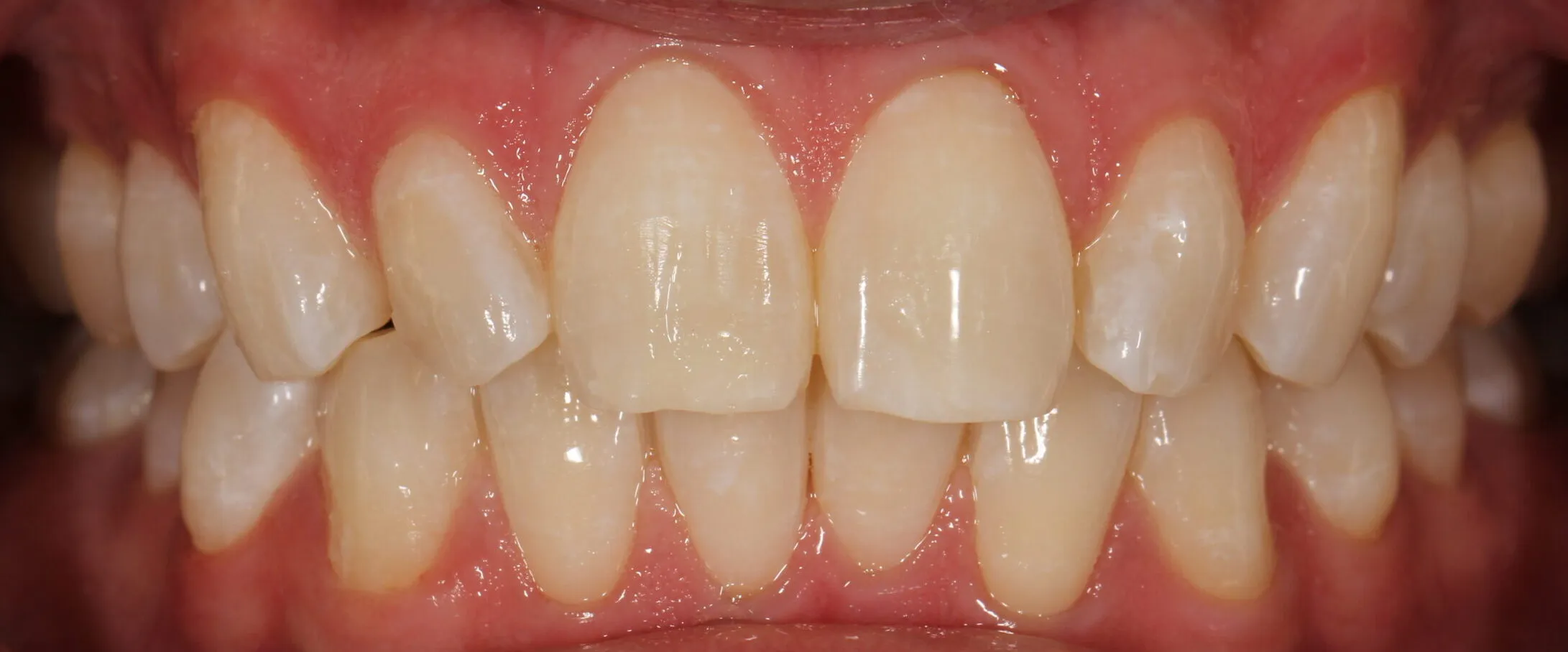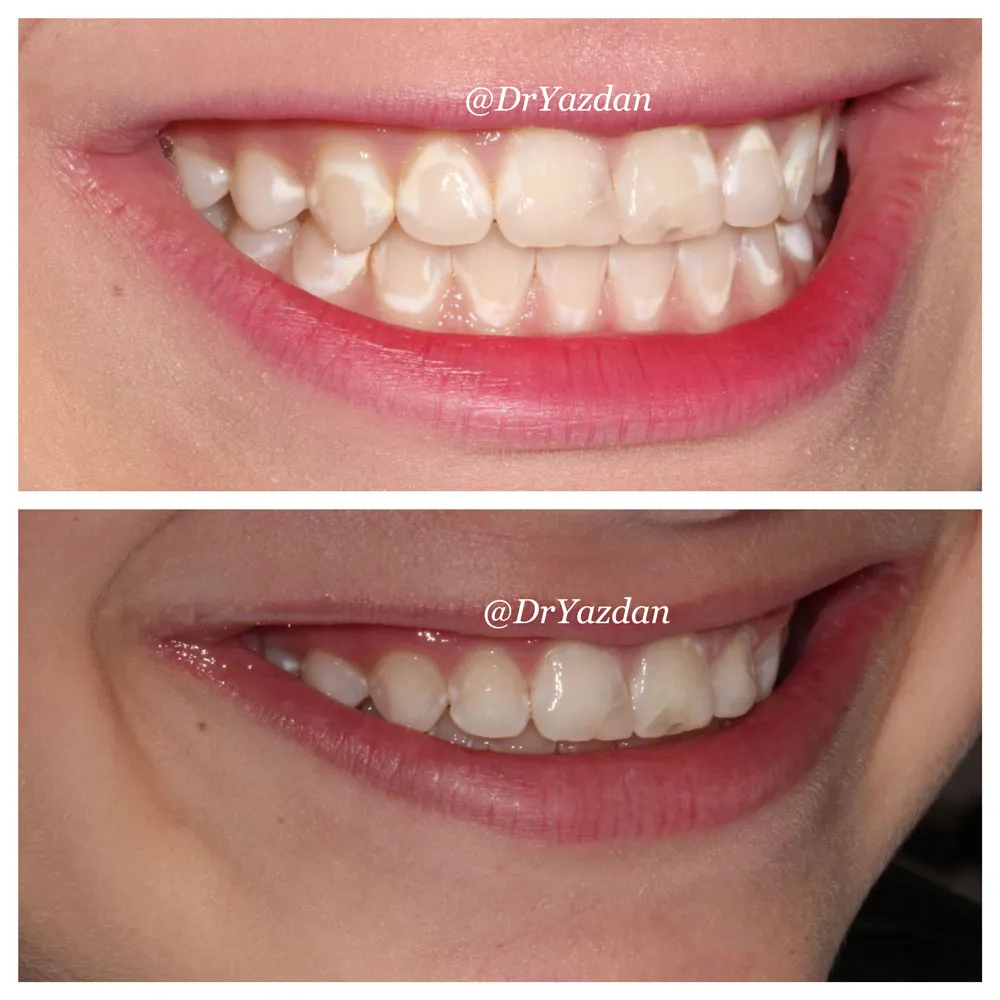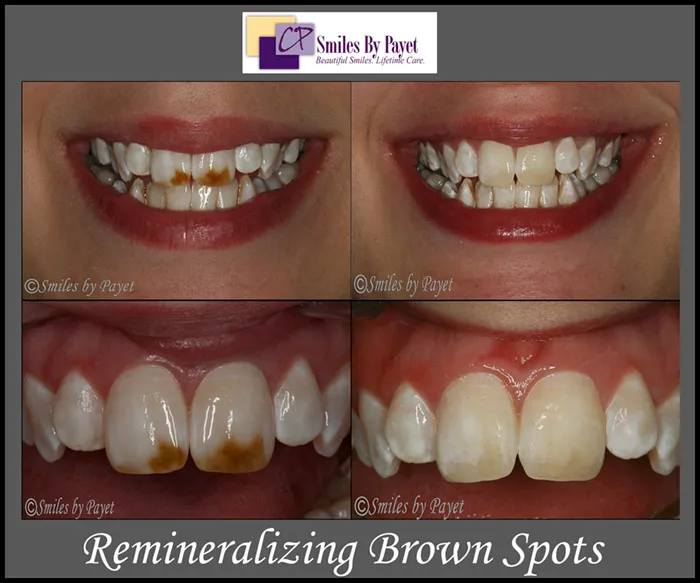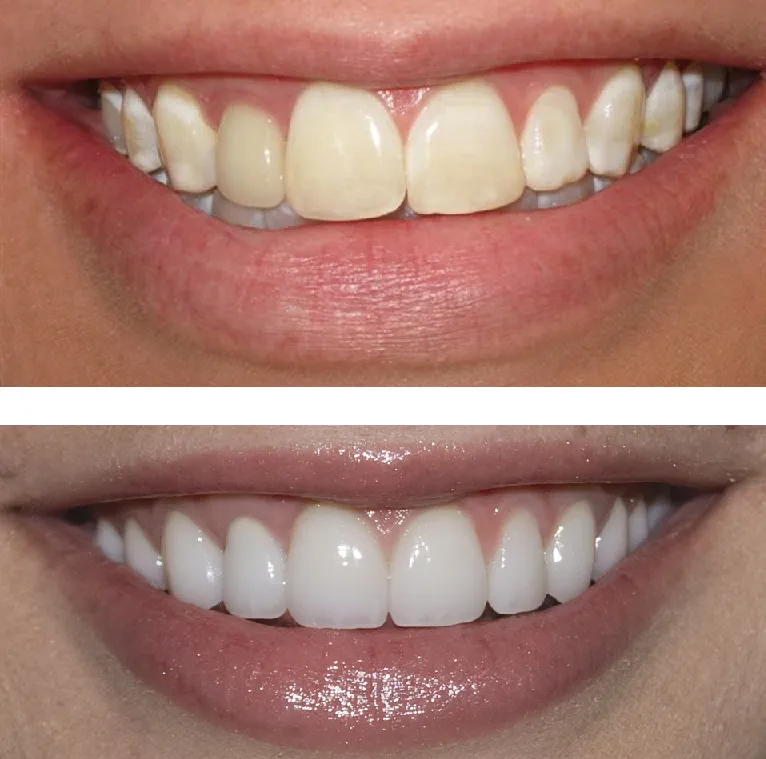Understanding Teeth Whitening Aching
Teeth whitening is a popular cosmetic procedure, but it can sometimes lead to discomfort. Aching after teeth whitening is a common experience, often caused by the bleaching agents used to remove stains and discoloration. While the goal is a brighter smile, it’s essential to understand why this aching occurs and how to manage it effectively. This article will explore the common causes of teeth aching after whitening, provide practical relief tips, and offer guidance on preventing and managing post-whitening sensitivity. It aims to help you navigate the process with greater comfort and confidence, ensuring your path to a dazzling smile isn’t marred by unnecessary pain.
Common Causes of Aching After Whitening
The aching experienced after teeth whitening often stems from the temporary increase in tooth sensitivity. The whitening process involves the use of bleaching agents, typically hydrogen peroxide or carbamide peroxide, which penetrate the enamel to break down staining molecules. This process can also affect the tiny pores within the enamel, leading to increased sensitivity. Several factors contribute to this aching sensation, and understanding these causes is the first step in finding relief. Knowing the root causes helps you make informed decisions about your whitening process and aftercare. This will lead you to have less discomfort when you do your next session of teeth whitening.
Tooth Sensitivity and Whitening

Tooth sensitivity is the most common cause of aching after whitening. The bleaching agents can irritate the nerves within the teeth, causing a sharp, shooting pain, particularly when exposed to hot, cold, sweet, or acidic foods and drinks. The intensity of sensitivity varies from person to person and depends on factors such as the concentration of the whitening agent, the duration of treatment, and the individual’s existing tooth sensitivity. People with naturally sensitive teeth or those with existing dental issues like cavities or receding gums may experience more intense discomfort. It’s important to note that this sensitivity is usually temporary, resolving within a few days or weeks after the whitening treatment. Image: teeth-sensitivity.webp
Gum Irritation After Whitening
Gum irritation, or gingivitis, can also contribute to aching after teeth whitening. The bleaching agents can come into contact with the gums, leading to inflammation, redness, and tenderness. This is more likely to occur with at-home whitening kits where the trays may not fit perfectly, or when a dentist administers the procedure. The concentration of the bleaching agent, the duration of exposure, and individual gum sensitivity all play a role in the severity of the irritation. Poor oral hygiene can worsen gum irritation, making it crucial to maintain a consistent and gentle oral care routine, especially after whitening. Image: gum-irritation.webp
5 Relief Tips for Teeth Whitening Aching
Experiencing aching after teeth whitening can be uncomfortable, but several strategies can help alleviate the pain and promote faster recovery. Here are five practical tips to find relief and make the experience more bearable. These tips focus on reducing sensitivity, protecting your teeth, and promoting healing. It’s crucial to implement these measures promptly after noticing the aching, as this can significantly improve your comfort level. Remember, if the pain is severe or persistent, consult your dentist. Seeking professional advice is the best way to ensure proper treatment and address any underlying issues.
Use Sensitivity Toothpaste

Sensitivity toothpastes contain ingredients like potassium nitrate or stannous fluoride, which help block the pathways to the tooth’s nerves, reducing sensitivity. Using sensitivity toothpaste a couple of weeks before whitening can prepare your teeth, and continuing to use it after whitening can provide ongoing relief. Brush gently with a soft-bristled toothbrush to avoid further irritation, and make sure you cover all surfaces of your teeth. For optimal results, apply the toothpaste to the sensitive areas and leave it for a few minutes before rinsing. Incorporating sensitivity toothpaste into your daily routine is a simple yet effective way to manage post-whitening aching. Image: sensitivity-toothpaste.webp
Over-the-Counter Pain Relievers
Over-the-counter pain relievers, such as ibuprofen or acetaminophen, can help manage the aching associated with teeth whitening. These medications can reduce inflammation and block pain signals, providing temporary relief. Always follow the recommended dosage instructions and do not exceed the maximum daily intake. If the pain is severe or doesn’t improve with over-the-counter medications, consult your dentist. They may recommend stronger pain relievers or other treatments. Avoid taking pain relievers on an empty stomach to prevent potential side effects. Using pain relievers can significantly enhance your comfort and make the whitening experience much more manageable. Image: pain-relievers.webp
Avoid Cold and Hot Foods
One of the most effective ways to minimize aching is to avoid foods and drinks that can trigger sensitivity. This includes extremely cold or hot items, such as ice cream, coffee, or hot soup. Also, be mindful of acidic foods like citrus fruits, as they can further irritate sensitive teeth. Stick to lukewarm or room-temperature foods and beverages, especially during the first few days after whitening. This allows your teeth to recover and reduces the risk of experiencing sharp pain. Gradually reintroduce these foods as your teeth become less sensitive. Being conscious of what you consume can help you have a more pleasant whitening experience.
Gentle Brushing Techniques

Using gentle brushing techniques is crucial for preventing further irritation and promoting healing. Use a soft-bristled toothbrush and apply minimal pressure while brushing. Avoid harsh scrubbing motions that can damage the enamel and exacerbate sensitivity. Brush your teeth at least twice a day, and consider brushing after meals to remove food particles that might irritate your teeth. Use fluoride toothpaste to strengthen the enamel and protect against further sensitivity. Consistent, gentle brushing helps maintain oral hygiene without causing additional pain. This will result to a more relaxed session of whitening the next time. Image: gentle-brushing.webp
Consult Your Dentist
If the aching persists or is severe, it’s essential to consult your dentist. They can assess your teeth, determine the cause of the sensitivity, and recommend appropriate treatments. Your dentist might suggest fluoride treatments to strengthen the enamel or prescribe stronger sensitivity toothpaste. They can also check for any underlying dental issues, such as cavities or gum disease, that could be contributing to the aching. If you have sensitivity before you start whitening, share this with your dentist. Regular dental check-ups and professional advice are crucial for managing and preventing post-whitening discomfort. Your dentist can offer personalized recommendations and solutions tailored to your specific needs. Image: dentist-consultation.webp
Preventing Aching Before Whitening
Taking proactive steps before undergoing teeth whitening can significantly reduce the likelihood and severity of aching. Preparing your teeth and gums for the whitening process is key to a comfortable experience. These preventive measures can help you enjoy a brighter smile without the pain. By following these tips, you can optimize your teeth for the whitening process and greatly reduce your chances of experiencing discomfort. Proper preparation ensures the best results.
Choosing the Right Whitening Method

The choice of teeth whitening method can influence the level of post-whitening sensitivity. Consider discussing the various options with your dentist before making a decision. Professional in-office whitening procedures are generally more controlled and may offer more predictable results. At-home whitening kits come with varying concentrations of bleaching agents, and your dentist can guide you in selecting the right one for your needs and sensitivity levels. Discussing your options with a dentist helps you choose a method that best suits your teeth. This can reduce the likelihood of severe aching. By choosing the right method, you ensure the most comfortable experience and achieve your desired results.
Discussing Sensitivity with Your Dentist
Before starting any teeth whitening treatment, it’s crucial to discuss your dental history and any existing sensitivity with your dentist. They can assess your teeth for any underlying issues, such as cavities, gum disease, or receding gums, which could worsen the aching after whitening. Your dentist can also recommend pre-treatment measures to minimize sensitivity, such as using sensitivity toothpaste for a few weeks before the procedure. Disclosing your sensitivity history allows your dentist to tailor the treatment to your specific needs. This collaboration ensures a more comfortable and effective whitening experience. Also, your dentist can advise on what to do if the aching occurs.
Post-Whitening Care for Comfort
After teeth whitening, proper care is essential to manage any aching and maintain your newly brightened smile. Following a careful post-whitening routine is crucial for comfort and long-term oral health. Simple habits can make a huge difference, helping you enjoy your results without unnecessary pain. Proper care maximizes the benefits of whitening and promotes overall dental well-being.
Maintaining Oral Hygiene

Maintaining good oral hygiene is vital for managing any aching and ensuring your teeth remain healthy and bright. Brush your teeth gently twice a day with a soft-bristled toothbrush and sensitivity toothpaste. Floss daily to remove plaque and food particles from between your teeth. Rinse with a fluoride mouthwash to strengthen the enamel and protect against sensitivity. Avoiding smoking and limiting staining foods and drinks like coffee and tea, is essential. Consistent oral hygiene practices not only alleviate aching but also promote overall oral health. These are easy to do, yet they are crucial in keeping your teeth healthy.
Regular Dental Check-ups
Regular dental check-ups are essential for maintaining long-term oral health and addressing any sensitivity issues promptly. Schedule check-ups and cleanings every six months. Your dentist can monitor your teeth for any signs of decay, gum disease, or other problems that could contribute to aching. Professional cleanings remove plaque and tartar, which can irritate the gums and worsen sensitivity. During your check-up, discuss any sensitivity concerns with your dentist. They can provide personalized advice and recommend appropriate treatments to ensure your teeth remain healthy and comfortable. Regular dental visits ensure that problems are caught early, and help you manage any dental issues efficiently.
